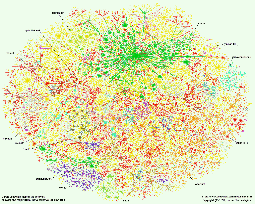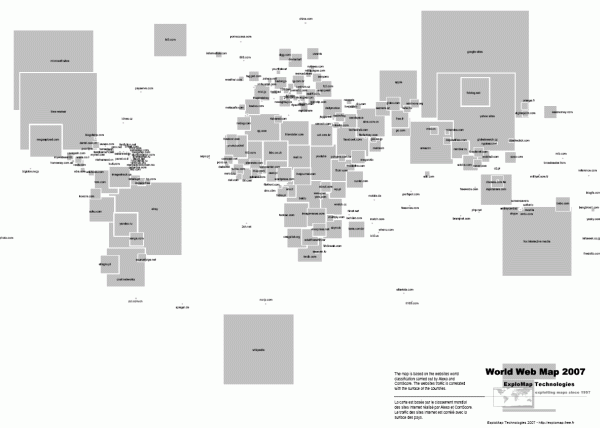Facebook has built a new Data Center raising the bar in terms of energy efficiency and operating costs.
Facebook claims this data center is using some of the state-of-the art technologies and designs to reduce energy consumption, be more energy-efficient and so more greeny. Let's take a quick tour of the key characteristics :
- Server design
- 2 types of custom motherboards (AMD & Intel) designed to eliminate every bit of waste (plastic, useless chips) and optimize them for facebook workloads (lot of RAM).
- Chassis is also custom, screw-less and designed to be easy to insert/change elements in it.
- The 450W power supply converts to 12.5VDC and is self-cooled.
- Cooling Design[2]
- air-side economizers : outside air cools inside air (and inside "warm" air is rejected outside).
- Evaporative Cooling : using evaporation of water to cool infrastructure.
- Backup Battery:
- a rack of battery are placed in between 2 triplet racks. These batteries will furnish sufficient energy for both of those triplet racks in case of energy failure.
Facebook claims a PUE of 1.07 (~93% of total energy is used for IT equipment) which seems to be the best in class right now. For a point of comparison, industry average is 1.5 (~66%). And 2 years ago, Google's best data center was operating at 1.12 (~89%) with an average of 1.19 (~84%)[6]. Additionally, Facebook also claims that this design consumes 38% less energy and is 24% less costy than their own current datacenter. Quite impressive!
Altough this new design is good news. There is a better news! Indeed, the actual good news is that Facebook has changed the usual behavior of data centers designers. Currently, there is few data about data centers designs and it is hard to gather data like actual efficiency, failure rates, etc... Facebook made a first (big) step by releasing their design as "open source". So now, people around the world can use those designs, improve upon them and hopefully share these. No IP to worry about! That's a tremendous news! So don't be shy, go read details of the design at Open Compute website!
I can't end this post without a list of questions about the design :
- operating temperature: Some of the state-of-the art data center design are operating around 35°C (95°F). I've heard they're running at 22°C (72°F)[3]
- very low consumption server: although Facebook is talking with ARM.
- Why not using containers i.s.o triple rack? Because Google is the "inventor" of this technique?!? I would not believe it.
- network design?
- Why the hell are they using coal energy as power source? [4]
P.S. : I'm curious to know whether someone already wondered about sound conversion to some other useful energy?!? Indeed, data centers are not sound-free. :)
[1] "Open Compute"
[2] "Open Compute Mechanical System Design", James Hamilton
[4] "Facebook Data Center has Bad Energy", Greenpeace





